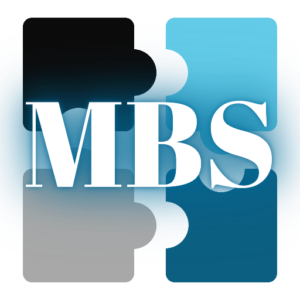Welcome back to our series! Now that we’ve covered the essentials of managing expenses and keeping accurate records, it’s time to look to the future. Creating financial forecasts and budgets is key to steering your business in the right direction. Let’s explore how to build a roadmap for your financial success.
Understanding Financial Forecasting
Financial forecasting is an essential practice for any business seeking to stay ahead of the curve. By analyzing historical data and market trends, forecasting allows you to predict future financial conditions and plan accordingly. This proactive approach enables you to allocate resources more effectively, mitigate risks, and seize growth opportunities.
- Purpose of Forecasting: Discover how forecasting helps predict future financial performance, allowing you to prepare for growth and potential challenges.
- Types of Forecasts: Learn about different types of forecasts, such as sales, cash flow, and expense forecasts, and how they contribute to your business strategy.
- Data-Driven Decisions: Understand how using data in your forecasting process can lead to more accurate and strategic business decisions.
Building an Effective Budget
- Setting Financial Goals: Explore how to align your budget with your business objectives and targets to ensure financial stability and growth.
- Categorizing Expenses: Learn how to break down your budget into key categories such as marketing, operations, and payroll for better financial management.
- Monitoring and Adjusting: Discover the importance of regularly reviewing and adjusting your budget to reflect changes in your business environment.
Tools and Techniques for Forecasting and Budgeting
To make the most of your forecasting and budgeting efforts, it’s important to leverage modern tools and techniques. These resources can simplify the process, increase accuracy, and provide actionable insights to support strategic decision-making.
- Using Software: Budgeting and forecasting software like QuickBooks and LivePlan offer user-friendly interfaces and real-time data analysis, making it easier to manage your finances. These tools automate calculations, generate reports, and provide valuable insights into your financial performance.
- Scenario Analysis: Preparing for uncertainties is a key component of effective financial planning. Scenario analysis involves creating multiple financial scenarios (e.g., best case, worst case, and most likely case) to evaluate potential outcomes and develop contingency plans.
- Continuous Improvement: Continuous improvement involves regularly reviewing your forecasting and budgeting processes to identify areas for enhancement. By implementing feedback loops and learning from past experiences, you can refine your strategies and improve accuracy over time.
LET'S DO THIS!
How To Get Started
INQUIRY FORM
Review our services and apply for the service that best suits your needs. We will review your application and reach out with a link to schedule your Discovery Call.
DISCOVERY CALL
During the discovery call, we will discuss your needs and responses to the inquiry form to better understand your needs and goals and assess whether our services are a good fit.
ONBOARDING
Once we’ve determined the best service for you, we’ll begin the onboarding phase and get further acclimated with your business. We’ll talk through the ways we can integrate with your systems and our recommendations for best practices.
PARTNERSHIP
Our ongoing services are a year-round partnership, so we’ll be by your side to relieve your accounting and tax fears. That way you can focus on the parts of your business that you enjoy most!


